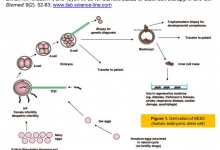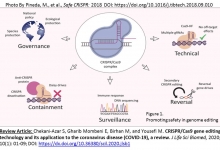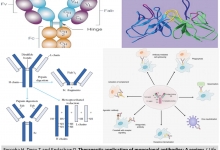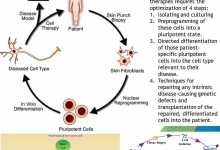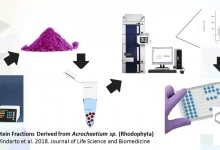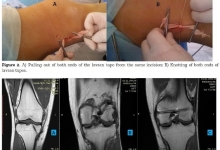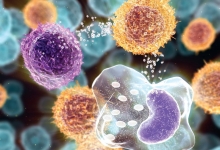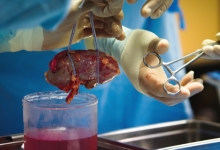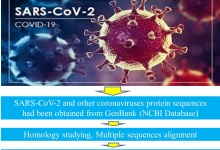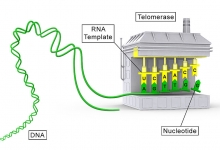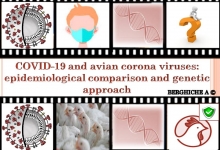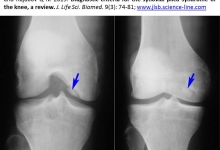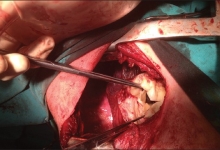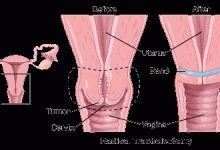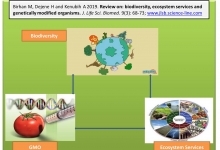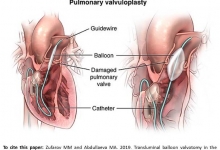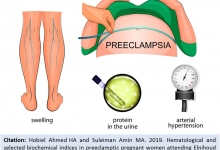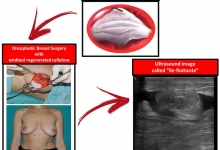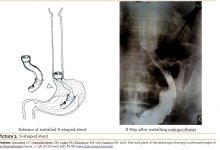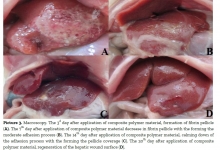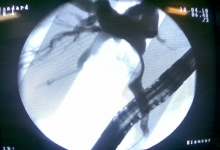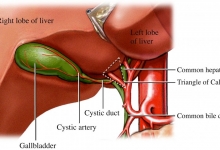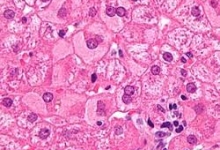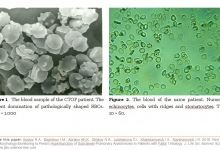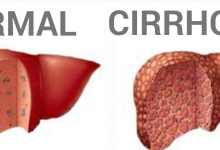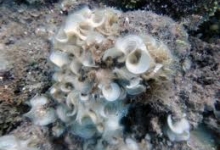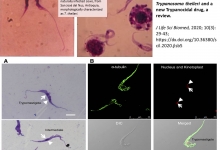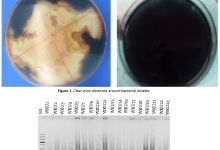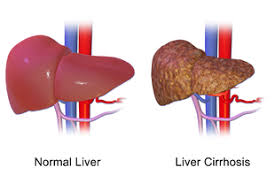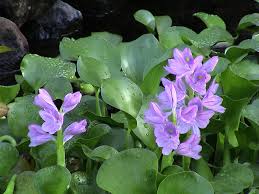Previous issue | Next issue | Archive
Volume 8 (6); November 25, 2018 [Booklet]
Acetylation Phenotype Impact on Early Postoperative Period in Viral Liver Cirrhosis.
Ibadov RA, Omonov OA, and Ibragimov SKh.
J. Life Sci. Biomed., 8(6): 90-93, 2018; pii:S225199391800014-8
Abstract
Objective. The aim of our study was to identify some pathogenetic mechanisms and unify prediction factors for the development of complications after portosystemic shunting. Material and Methods: The present research involved 45 patients with liver cirrhosis complicated by portal hypertension. Buccal swabs and spot urine samples were used to determine acetylation phenotypes. The genotype of each individual was determined by polymerase chain reaction. High-performance liquid chromatography was used to determine acetylation phenotypes. Results: Rapid acetylation was revealed in 7 patients (15.6%) and slow acetylation was found in 38 patients (84.4%). In slow acetylation phenotype, a considerable progression of liver cirrhosis was observed in comparison with rapid acetylators alanin aminotransferaz (ALT) on 74.4 % in slow acetylation phenotype (SAcP) against 29.5% in rapid acetylation phenotype (RAcP); total bilirubin on 111.8% in comparison with 42 %, respectively; the level of ammonia in blood was 247.8% compared to 62.5%). Recommendation: Taking into consideration the acetylation phenotype of liver cirrhosis patients can help in predicting possible side-effects and evaluate efficiency of drugs that are metabolized by N-acetylation.
Keywords: Acetylation Phenotype, Viral Liver Cirrhosis, Portal Hypertension, Central Portosystemic Shunting, Postoperative Period
[Full text-PDF] [HTML] [XML] [Google Scholar]
Water Hyacinth (Eichhornia crassipes) Biology and its Impacts on Ecosystem, Biodiversity, Economy and Human Well-being.
Degaga AH.
J. Life Sci. Biomed., 8(6): 94-100, 2018; pii:S225199391800015-8
Abstract
The aim of this review article was to show water hyacinth biology, chemical composition and its negative impacts on aquatic ecosystem, biodiversity, economy and human wellbeing. Water hyacinth is challenging the ecological stability of freshwater bodies. It is native to the Amazon Basin in Brazil and other nearby South American countries. In Africa, the first introduction of water hyacinth was in Egypt in 1880. In Ethiopia, water hyacinth was officially reported in 1956 in Koka Lake and the Awash River. Nutrients and temperature are considered the strongest determinants for water hyacinth growth and reproduction. Under favorable conditions, water hyacinths can double its mass every 5 days and it also grows from seed, which can remain viable for 20 years. Due to its extremely fast growth, the weed has become the major floating water weed of tropical and subtropical regions. In the absence of natural enemies, the weed quickly becomes invasive, colonizing slow moving waters resulting in thick and extensive mats which degrade aquatic ecosystems and limit their utilization. These mats affect fisheries and related commercial activities, functioning of irrigation canals, navigation, hydroelectric programmes and tourism. Its 95% mass weight is water from 5% dry matter 50% is silica and 30% is K, 15% N and 5% protein. The spread of this invasive plant is difficult to manage and not easy to reverse. Its impact is not only loss of biodiversity in aquatic ecosystems but also economic development and human wellbeing. It supports as breeding ground for vectors and pests. Hand removal is most effective for small infestations while mechanical harvesting can be an effective tool for removing larger infestations. The best method to control water hyacinth is to prevent it from entering a water body. This can be through education programs that have proved to be an effective tool in preventing further spread into catchments by people for ornamental purposes. So Ethiopian Government has to declare water hyacinth and other invasive species as a national pest and then put legislation in place to control them.
Keywords: Aquatic Ecosystem, Aquatic Weed, Invasive Plant Species, Fast Growth, Mat Formation
[Full text-PDF] [HTML] [XML] [Google Scholar]


